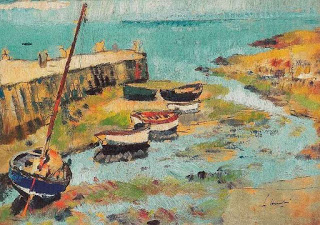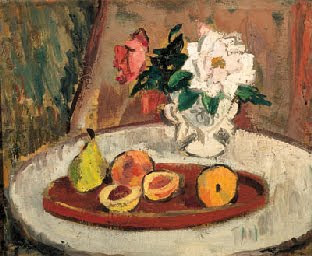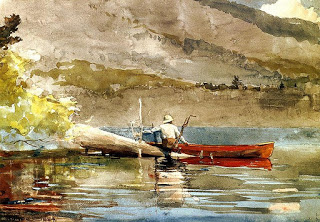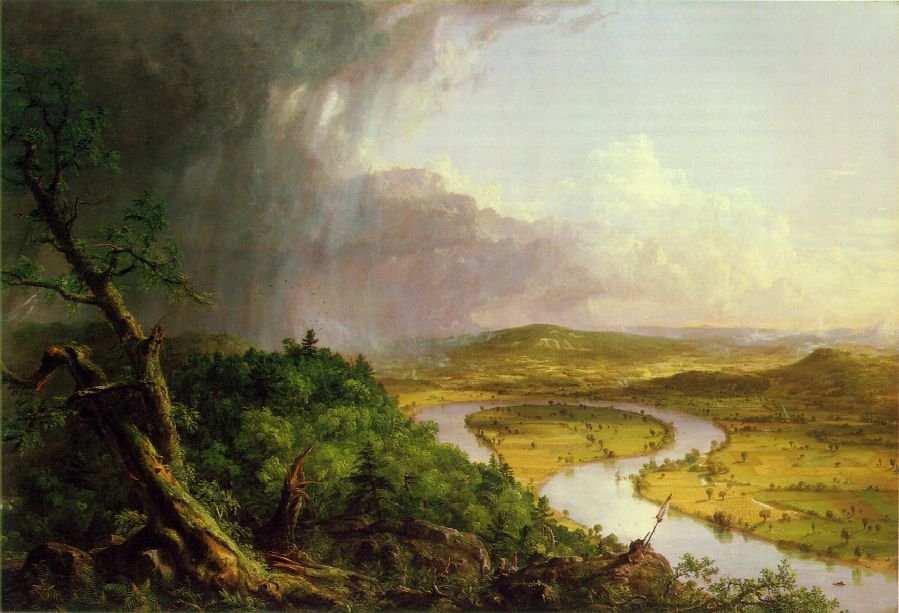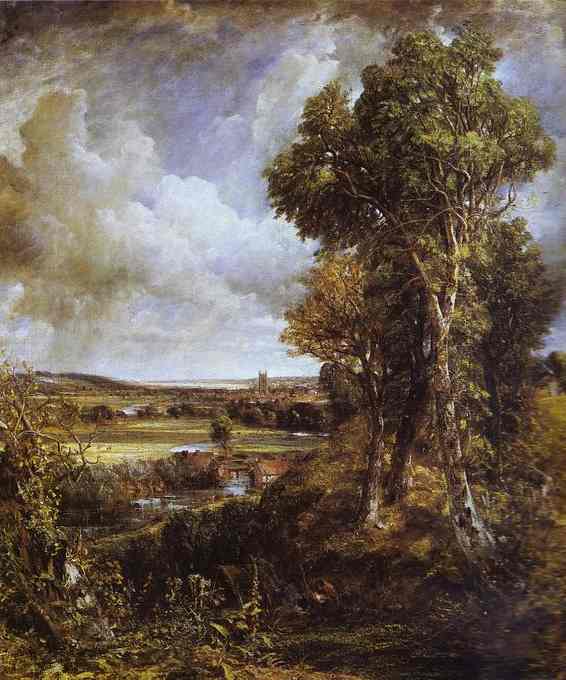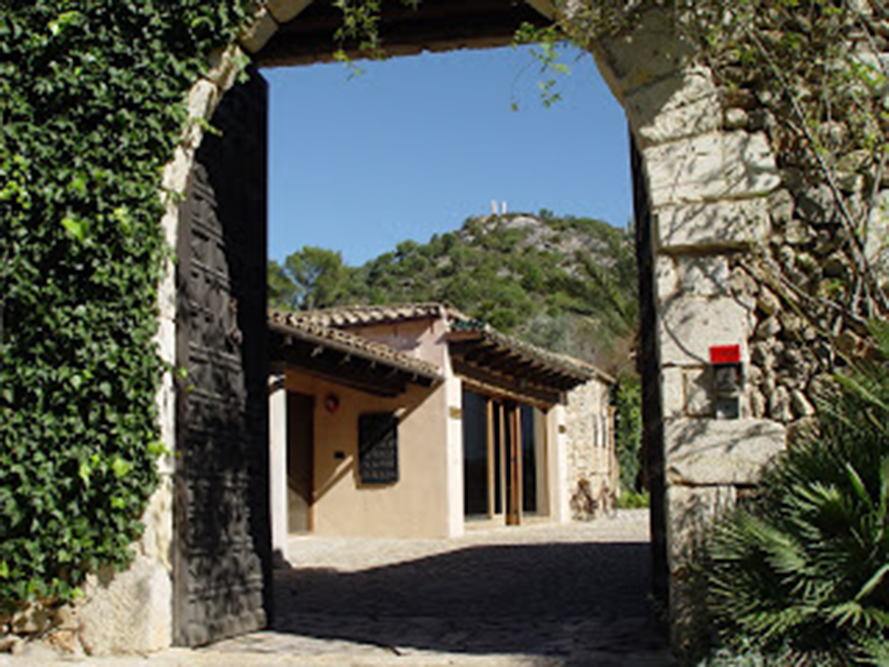The Abstract Expressionist artist, Richard Poussette-Dart, once said, "Paintings are like people. They must be approached, won friendship with, known and loved as people are, if they are to open up and reveal themselves."
When you look at his paintings, even in digital form, it is easy to understand why he said that. His work is elegantly intellectual, each canvas well worth studying and embracing as a "friend".
Hieroglyph #2, Black 1974. (Image courtesy of The Estate of Richard Poussette-Dart.)
This is just one image that caught my eye (since I seem to be attracted especially to work in black at present) - Hieroglyph #2, Black painted in 1974. I could imagine living very rewardingly with such a work.
The way we all approach paintings is conditioned on so many things, from our mood at the moment, to the time we have to look at a work of art, to our life experience and tastes and even the current fashions in art appreciation. Nonetheless, I am sure that most people have rounded a corner in a gallery or museum and come face to face with a work which stops one short, calling out to come closer and look. Just like catching sight of someone who attracts one's attention, pulling one out of the humdrum busy world, sending implicit messages that this person might be worth getting to know. In truth, it does not even have to be an encounter with a work of art in a gallery: sometimes, on the Web or in a book, an image leaps out at one, saying that they are worthy of much closer attention and appreciation.
I was going back through the catalogue chapters prefacing an exhibition of Watercolours that I saw last year at Tate Britain, and suddenly saw a most beautiful reproduction of work by the British artist, Rebecca Salter. Again, her work demands a closer approach, to savour and learn of what each painting has to say, with its layers of allusion to Japanese art, light, texture, and our pared-down world.
Untitled AB4, 2010, mixed media on linen. Rebecca Salter (Image courtesy of teh artist)
In the same spirit of work on black, I chose this mixed media on linen painting from 2008, MM42, which talked to me (image courtesy of Rebecca Salter). Its understated elegance attracts me enormously - and I am left regretful that I missed her show, Into the Light of Things 1981-2010", at the Yale Center for British Art last year.
The delight and interest of constantly acquiring "new friends" in works of art seem to one of the magical aspects of all art, of whatever period. We are all potentially enriched when we open our eyes to art, in all forms - and in these times of angst, violence and division, I think we all need to concentrate on seeking new friends who can sustain and nourish our lives.








